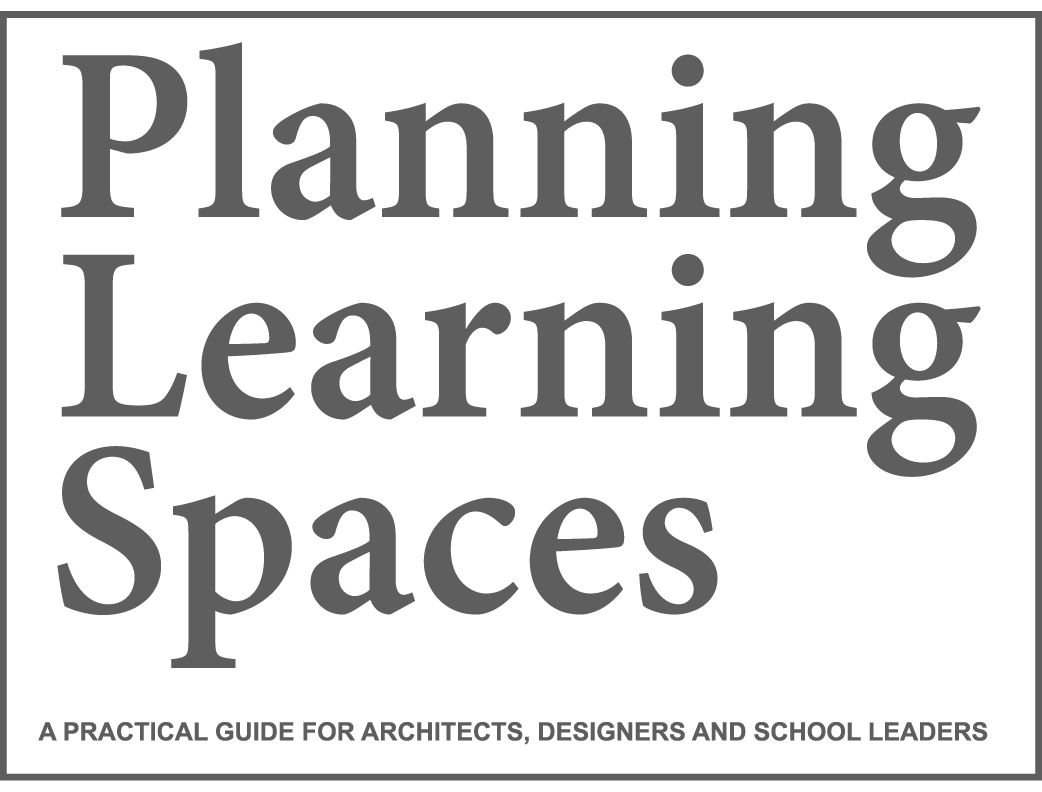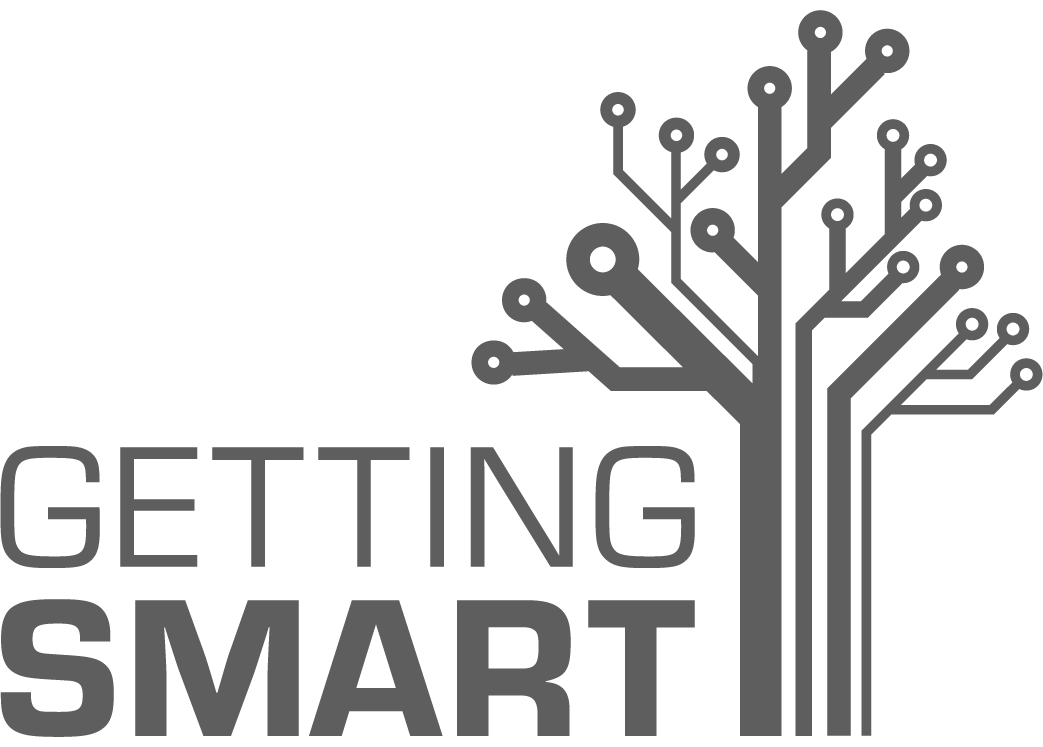Through the use of Design Patterns we can design and connect successful educational environments and experiences.
At Fielding International, Design Patterns have been foundational to the way we think about school design. In 2005, we published the book, The Language of School Design, to share our ideas. Since then, we’ve learned from and evolved our Patterns, along with creating many new ones. As Fielding’s commitment to making a positive social impact and designing schools where learners thrive continues, the next iteration of Design Patterns and how we share them reflects our collaborative efforts – how we use them, how our clients use them, and how we offer them as a resource to the world.
We introduce to you the new Fielding International Design Patterns Open Source Library. This web-based application was specifically designed to jump-start innovation by sharing our latest school design thinking and inviting others to participate.
What are Design Patterns? Design Patterns are simple sketches and annotations that get down to the essence of how a space works. These key ideas break down the complexity of school design as part of a system.
Through the use of Patterns, we can design and connect successful educational environments and experiences.
“A Pattern Language” by Christopher Alexander
“The elements of this language are entities called patterns. Each pattern describes a problem which occurs over and over again in our environment and then describes the core of the solutions to that problem in such a way that you can use this solution a million times over without ever doing it the same way twice.”
Fielding International welcomes others from around the world to explore, participate and share in the Design Patterns project journey. We would like to recognize and thank two important contributors and collaborators:

Planning Learning Spaces – Murray Hudson and Terry White collaborate with innovative educators and school architects to pool their collective expertise and inspire the design of more intelligent learning spaces. Their 2019 Planning Learning Spaces book – with a foreword by Sir Ken Robinson – and Planning Learning Spaces magazine highlights best practices in learning environments from around the world.

Getting Smart – Getting Smart supports innovations in learning, education & technology. Their mission is to help more young people get smart by supporting ed-leaders in discovering and implementing what to do next. Their Founding CEO Tom Vander Ark has visited over 2,500 schools and has authored impactful books including Difference Making at the Heart of Learning and The Power of Place.
